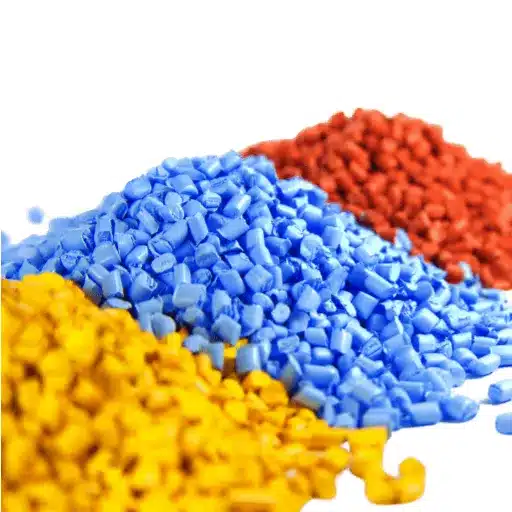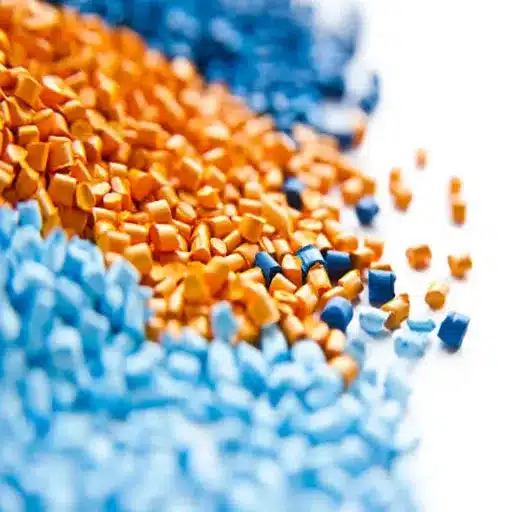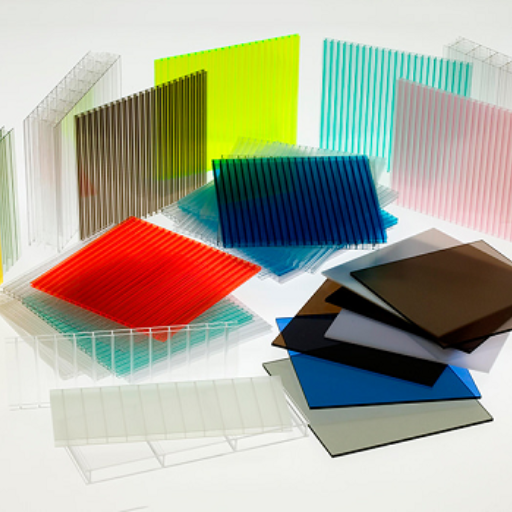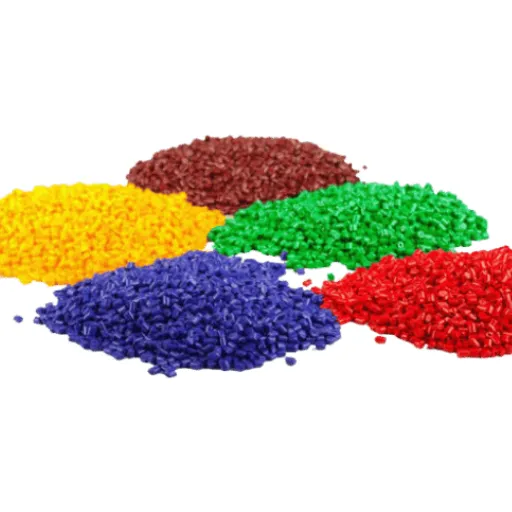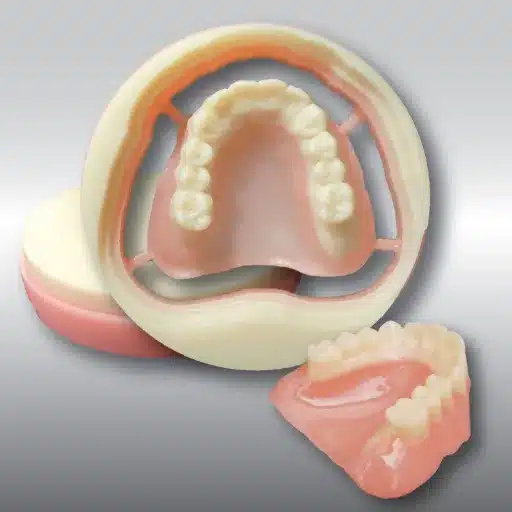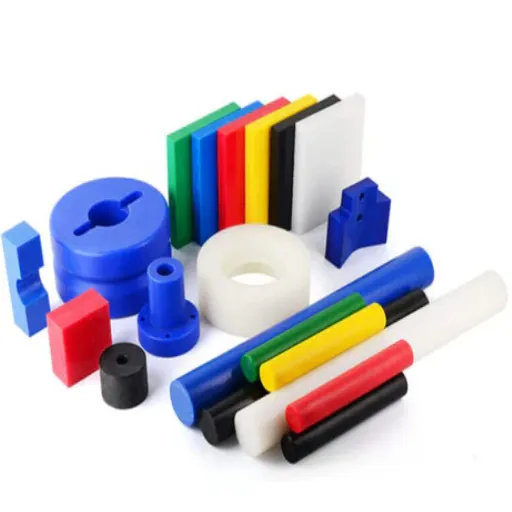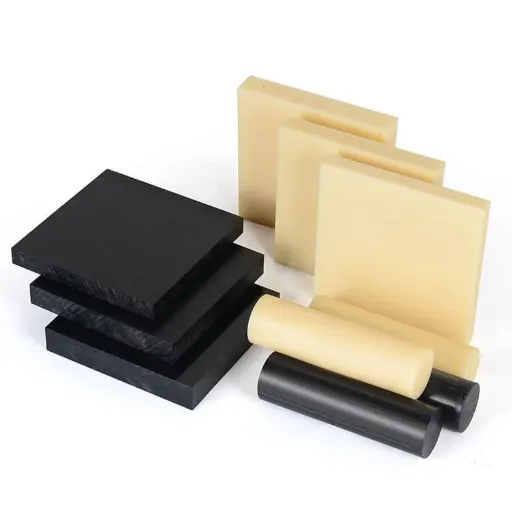Acrylonitrile Butadiene Styrene, or ABS Plastic as it is usually called, is an adaptable and durable polymer that plays a crucial role in various industries today. On account of the special chemistry between strength, flexibility, and weight, ABS plastic is the one material to accept in manufacturing from consumer applications to advanced automotive and engineering components. But what exactly makes this thermoplastic so vital? This particular article will get into the very nature, merits, and various uses of ABS to gear you towards a grasp of why it stands out as the choice material in modern manufacturing and product design.
Definition and Unique Properties of ABS Plastic
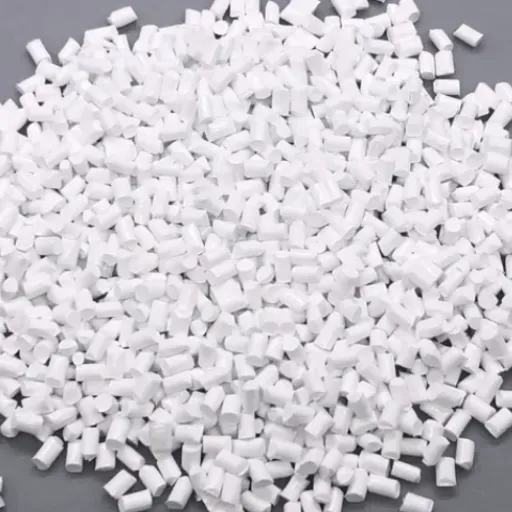
What is ABS Plastic?
ABS plastic, or Acrylonitrile Butadiene Styrene, is a highly versatile and durable thermoplastic polymer used across various industries. It is synthesized through the polymerization of three monomers:
- Acrylonitrile – imparts rigidity and thermal stability
- Butadiene – provides impact resistance
- Styrene – contributes to ease of processing and smooth finish
Such a unique combination makes ABS a material of choice for many manufacturing and decorative applications. The superior mechanical properties of the ABS plastic represent one key feature. With high impact strength, it can resist and absorb sudden shocks or forces without breaking.
Key Properties of ABS Plastic
ABS is appreciated for its marriage of properties that make it ideal for diverse applications:
Core Properties of ABS
- Impact Resistance: Excellent ability to resist snapping and denting under mechanical stress
- Thermal Stability: Consistent performance across the temperature range of -20°C to 80°C (-4°F to 176°F)
- Chemical Resistance: Good resistance to acids, alkalis, and oils
- Surface Finish: Superior aesthetic versatility – can be easily colored, painted, or plated
- Dimensional Stability: Maintains precise dimensions under varying conditions
Durability and Impact Resistance
The properties of ABS, which include hardness and impact resistance, make it a favorite material wherever long life and structural integrity are required. Key durability features include:
- High toughness that enables absorption of impact without shattering
- Temperature stability that maintains properties across wide operating conditions
- Impressive ability to undergo minimal dimensional alteration with temperature or stress
- Excellent performance in heavy-duty applications where durability directly relates to product performance and user safety
Applications of ABS Plastic Across Industries
Automotive Industry Applications
In the automotive domain, ABS is regarded as a core material due to its impact resistance, lightweight nature, and flexibility for molding into complex shapes. Here are five major automotive applications:
- Interior Components: Dashboards, trim panels, and door handles – helps reduce vehicle weight by 10-15% compared to other construction materials
- Exterior Components: Grilles, mirror housings, and bumpers – ABS bumpers can absorb low-speed impacts, enhancing vehicle safety
- Electrical Systems Enclosure: Fuse boxes, battery cases – insulation properties protect electrical components fromthe external environment
- Seatbelt Buckles and Adjustment Mechanisms: Safety-critical parts that must be rigid yet able to deform during accidents
- Air Ventilation Systems: Duct systems and air outlet grilles that withstand temperature variations in vehicle cabins
Electronics and Consumer Goods
ABS plastic plays an essential role in electronics and consumer goods manufacturing due to its superior impact resistance, electrical insulation properties, and aesthetic versatility. Applications include:
- Device casings for cell phones, laptops, and gaming consoles
- Household appliances requiring thermal stability
- Power tools and portable electronic devices
- Custom designs optimized for ergonomics and aesthetics
Construction and Industrial Uses
ABS finds extensive application in construction and industrial sectors due to its strength, versatility, and relative lightness:
- Piping and Fittings: Pipes, fittings, and conduits subjected to significant stress and harsh environmental conditions
- Industrial Components: Machinery housing, protective covers, and ergonomic tool handles
- Composite Applications: Enhanced with glass fibers for structural reinforcement in bridge works, building frameworks, and heavy equipment
- Prototyping and Mass Production: Compatible with injection molding and 3D printing for diverse production needs
Benefits and Advantages of ABS Plastic
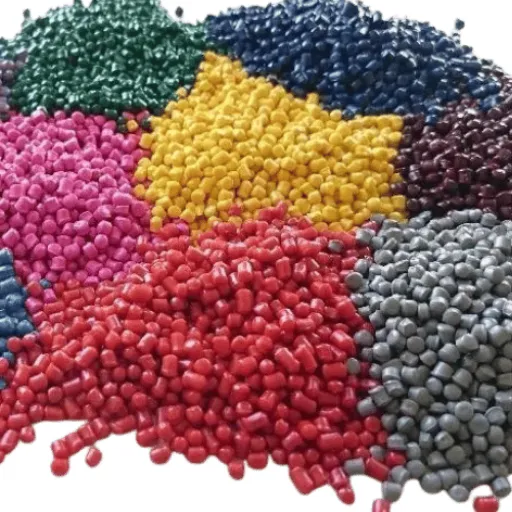
Lightweight and Cost-Effective
Key Economic Benefits
- Density: Approximately 1.04 g/cm³ – lighter than metals and many high-performance plastics
- Cost Efficiency: Lower raw material costs combined with efficient molding processes
- Durability: High impact strength reduces replacement and repair needs
- Processing: Easy machining and processing lower production costs and lead times
Ease of Manufacturing and Versatility
The manufacturing process of ABS plastic is both streamlined and flexible:
- Production Methods: Emulsion or bulk polymerization with precise composition control
- Processing Options: Compatible with injection molding, extrusion, and 3D printing
- Customization: Can be blended with other polymers for specific characteristics like UV resistance or flame retardancy
- Additives: Colorants, fillers, and reinforcements can be added without affecting structural integrity
- Recyclability: ABS scrap can often be recycled with minimal quality degradation
Comparison: ABS vs Other Plastics
| Plastic Type | Durability | Cost | Chemical Resistance | Applications | Heat Resistance |
|---|---|---|---|---|---|
| ABS | High | Low | Moderate | Versatile | High |
| PP (Polypropylene) | Moderate | Low | High | Packaging | Moderate |
| PE (Polyethylene) | Moderate | Low | High | Containers | Low |
| PC (Polycarbonate) | Very High | High | Moderate | Electronics | Very High |
| Acrylic | High | Moderate | Low | Displays | Moderate |
| PLA | Low | Low | Low | Prototypes | Low |
Disadvantages of ABS Plastic
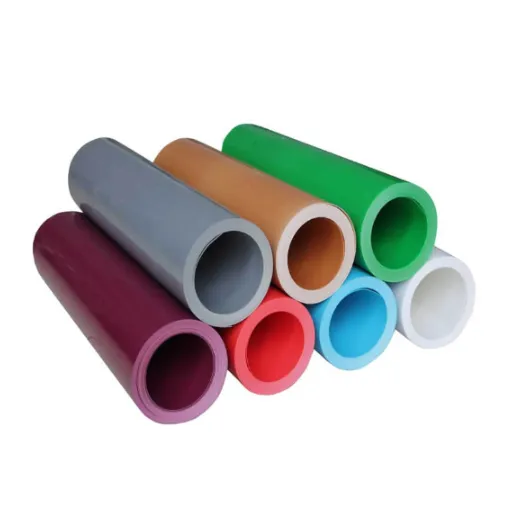
Key Limitations to Consider
While ABS offers numerous advantages, it’s important to understand its limitations for proper material selection.
Sensitivity to UV Light
One of the chief disadvantages of ABS plastic is its sensitivity to ultraviolet radiation:
- Degradation Effects: UV rays destroy mechanical properties and aesthetic appearance
- Visual Impact: Discoloration, yellowing, fading, surface cracking, and brittleness
- Technical Process: UV rays break polymers through photodegradation, weakening the structural integrity
- Solutions: UV stabilizers, protective coatings, or blending with UV-resistant materials
Heat Resistance Limitations
Direct heat resistance is one of ABS’s greatest limiting factors:
- Temperature Range: Thermal deflection temperature ranges from 176°F to 221°F (80°C to 105°C)
- Performance Issues: Beyond these temperatures, significant deformation and loss of structural integrity occur
- Enhanced Grades: Heat-resistant ABS grades can raise HDT to about 239°F (115°C), but at a higher cost
- Alternative Materials: For extreme temperatures, polycarbonate (PC) or high-heat polyamide (PA) may be preferable
Environmental Concerns
Environmental impacts are becoming a growing concern:
- Production Impact: Synthesis processes generate greenhouse gases from fossil-fuel-based origins
- Degradation Time: Takes tens to thousands of years to degrade naturally
- Microplastics: Polymer fragmentation creates particles that enter food chains
- Disposal Issues: Landfilling or burning can release harmful contaminants like dioxins and furans
Environmental Impact of ABS Plastic

Recyclability of ABS Plastic
ABS plastic presents both challenges and opportunities in recycling:
Recycling Processes
- Mechanical Recycling: Material is shredded, cleaned, and reprocessed into pellets
- Chemical Recycling: Breaks ABS into monomer components (acrylonitrile, butadiene, styrene)
- Technology Improvements: Advanced sorting systems enhance separation from mixed waste streams
Current Challenges:
- Contamination issues in waste streams
- Economic considerations for collection and processing
- Low global recycling rates for ABS plastics
- Need for sufficient post-consumer ABS waste volumes
Energy Consumption in Production
ABS production involves energy-intensive processes:
- High Energy Phases: Polymerization, extrusion, and molding processes
- Monomer Synthesis: Creating acrylonitrile, butadiene, and styrene requires significant energy
- Efficiency Improvements: Heat recovery technology and advanced catalytic methods
- Renewable Energy: Adoption of solar or wind power can reduce the carbon footprint
Waste Management Challenges
Industrial waste management presents several critical issues:
- Volume Issues: Large volumes of non-recyclable or hazardous materials
- Infrastructure Needs: Advanced sorting technology remains underutilized due to costs
- Environmental Impact: Landfill disposal generates greenhouse gases, particularly methane
- Innovative Solutions: Pyrolysis technology converts plastic waste into usable energy
Frequently Asked Questions (FAQ)
References
- Understanding the Properties and Uses of ABS Plastic – A comprehensive composition on ABS plastics, properties, and applications
- Plating on Acrylonitrile–Butadiene–Styrene (ABS) Plastic – A scientific article concerning ABS engineering properties
- Pyrolysis of Acrylonitrile-Butadiene-Styrene (ABS) Under High Temperatures – A graduate report on industrial applications of ABS
- Acrylonitrile Butadiene Styrene (ABS) Plastic-Based Low-Dose Verification – A study on medical applications of ABS
- Acrylonitrile-Butadiene-Styrene Copolymers (ABS) – Report on chemical and toxicological properties of ABS by NIST







